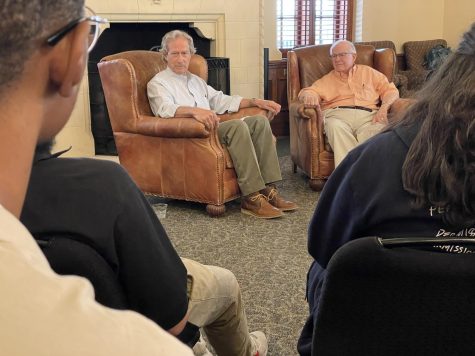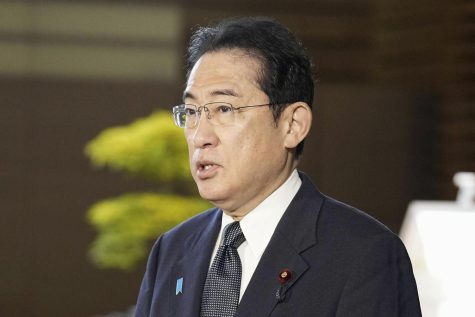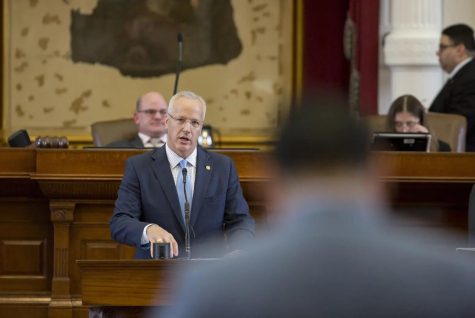WWII plane joins in D-Day anniversary
The World War II troop carrier That’s All, Brother sits on an airport tarmac during a stop in Birmingham, Ala. The World War II aircraft that took part in the D-Day invasion in 1944 is returning to Europe for the 75th anniversary of the battle in June.
BIRMINGHAM, Ala. — Filled with paratroopers, a U.S. warplane lumbered down an English runway in 1944 to spearhead the World War II D-Day invasion with a message for Adolf Hitler painted in bright yellow across its nose: “That’s All, Brother.”
Seventy-five years later, that plane is again bound for the French coast for what could be the last great commemoration of the Allied battle to include D-Day veterans, many of whom are now in their 90s.
The restored C-47 troop carrier that served as a lead aircraft of the main invasion force will join other vintage planes at 75th anniversary ceremonies in June. After flying over the Statue of Liberty in New York on Saturday, the plane embarked for Europe with other vintage aircraft along the same route U.S. aircraft traveled during the war. There, it and other flying military transports are expected to drop paratroop re-enactors along the French coast at Normandy. The twin-engine plane is now operated by the Texas-based Commemorative Air Force, which preserves military aircraft.
Air Force historian Matt Scales found the aircraft a few years ago while researching the late Lt. Col. John Donalson of Birmingham, who was credited with piloting the lead aircraft that dropped the main group of paratroopers along the French coast in preparation for the assault on June 6, 1944.
That’s All, Brother was at the tip of about 900 planes that made the flight across the English Channel to drop some 13,000 paratroopers.
Donalson’s plane was in the lead partly because it was equipped with an early form of radar, Scales said. The aircraft was sold on the civilian market in 1945 and had changed hands several times before Scales found it. At one point, it was painted in a camouflage scheme similar to C-47s that flew during the Vietnam War.
It had never crashed, it had never been damaged. All the dozen owners … between the end of the war and when I found it had taken pretty good care of it.
— Matt Scales, Air Force historian
“It had never crashed, it had never been damaged,” Scales said. “All the dozen owners … between the end of the war and when I found it had taken pretty good care of it.”
Donalson, who retired with the rank of major general, died in 1987. But during a recent stop in Birmingham, two of his grandchildren were among those who climbed aboard the resurrected aircraft. Granddaughter Denise Harris sat in one of the seats occupied by a paratrooper for the ride to France.
“It’s unbelievable to think that all those men were in that plane also, and to hear the stories, and to know some of the people that came back,” she said.














